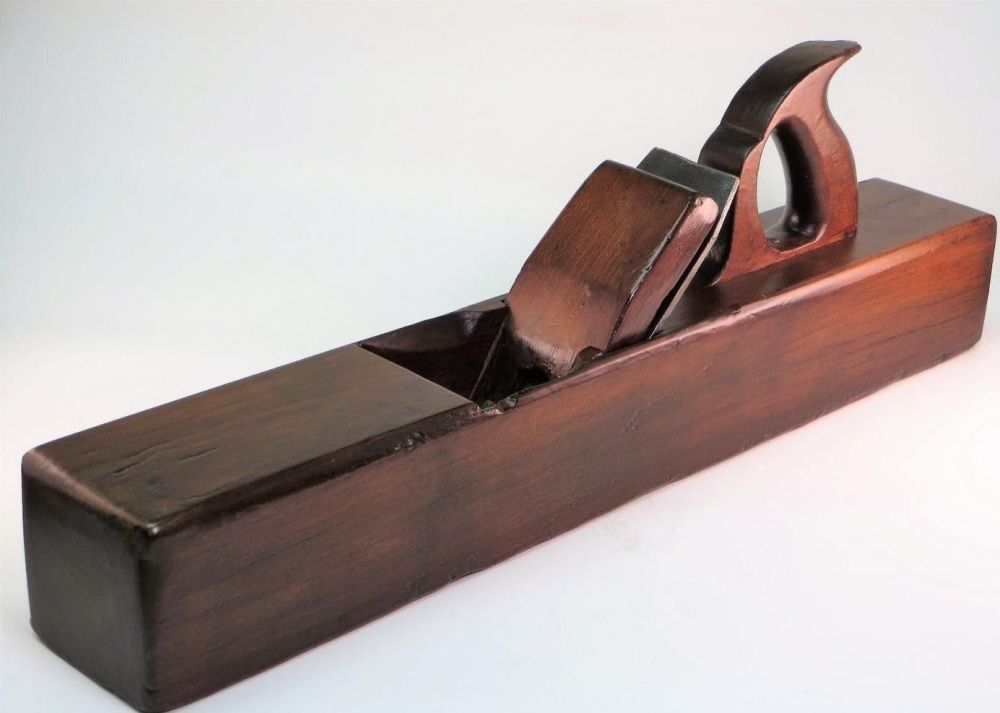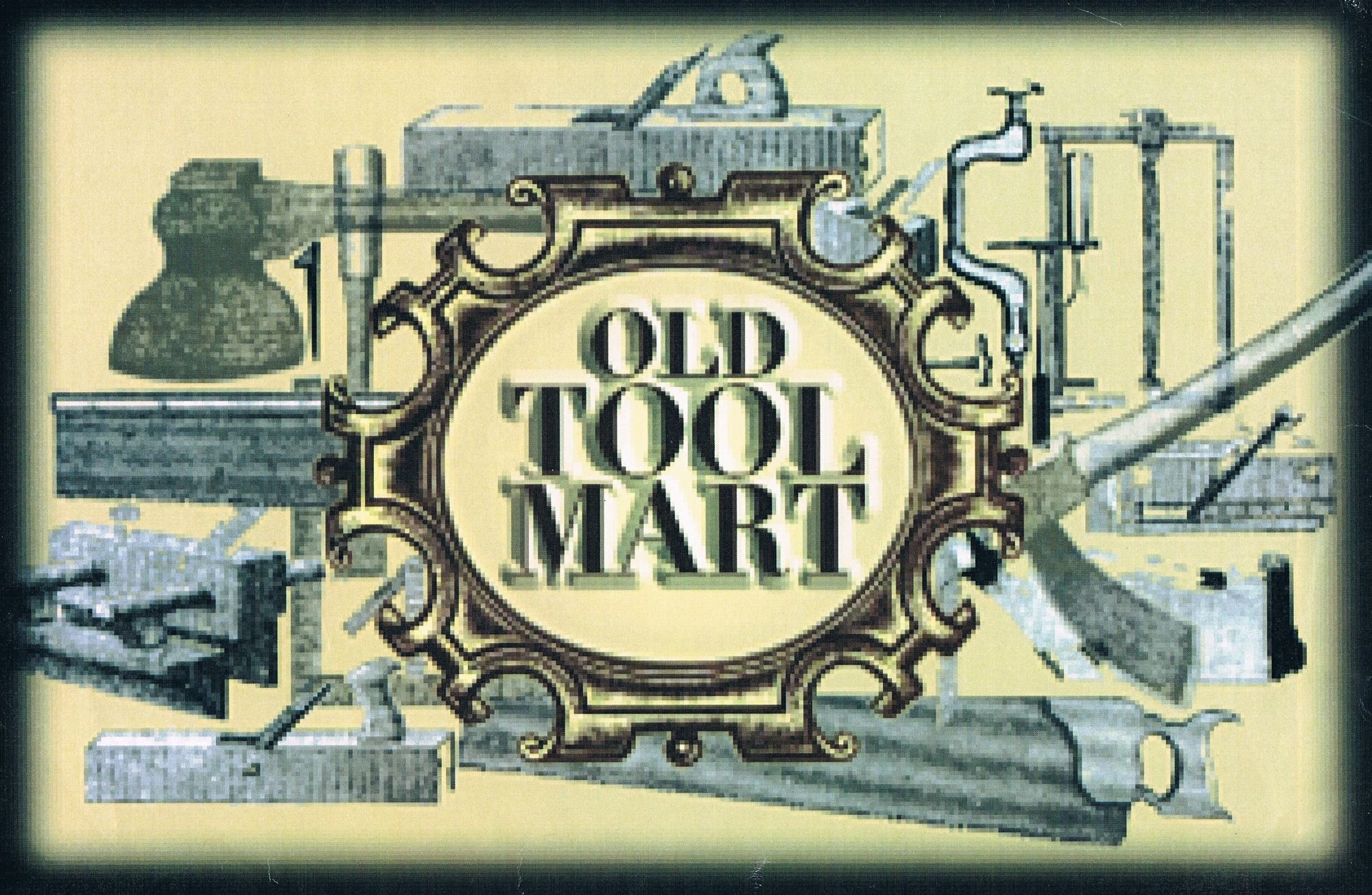What is a 'Jointer ' plane?
Posted on

Quite frequently, I get asked about the various names that are applied to long bench planes, both vintage wooden planes and also the more modern metal ones, which can seem confusing to the uninitiated woodworker.
I understand that the term 'Jointer' was certainly being used in England from the seventeenth century (and maybe even earlier), to describe any bench planes that were over 20" long.
Bench planes between 14" and 18" were generally referred to as 'Fore' or 'Jack' planes, a term in common use these days.
At some point in the early nineteenth century, the other terms of 'Trying' plane and 'Long Trying plane were used in manufacturers catalogues, by such as Marples in their 1862 edition, and earlier by Holtzapffel in 1846.
They both list :-
Trying planes as being 20" or 22"
Long Trying planes as 24" or 26"
Jointer planes 28" or 30", and longer by special order.
In the late 1800's, the terms 'Trying' and 'Long Trying' plane went out of use, with the earlier term 'Jointer' being used to cover the whole range of long bench planes.
According to Peter Nicholson, in his 1832 text The Mechanic’s Companion, He states that the purpose of the try planes is to :-
"…reduce the ridges made by the Jack plane, and to straighten the stuff: for this purpose it is both longer and broader, the edge of the iron is less convex, and set with less projection…”
And, that, the Jointer plane :-
“…is principally for planing straight edges, and the edges of boards, so as to make them join together; this operation is called shooting, and the edge itself is said to be shot…The shaving is taken the whole length in finishing the joint, or narrow surface.”
"...truing up the edges and surfaces of long boards, perfectly straight, so that their juncture may be scarcely discernible when their surfaces are joined together..."
It is also believed that the term 'Trying' was a corruption or derivation, of the term 'Truing.'
A further comment, on the traditional difference between Trying planes and Jointer planes, is that in their use, the former utilises a slightly cambered edge to the cutting iron, whereas the latter uses a straight edge on the cutting iron.
That's a simplified history of naming English long bench planes, as I currently understand it!
If you know different, please tell?

Add a comment: